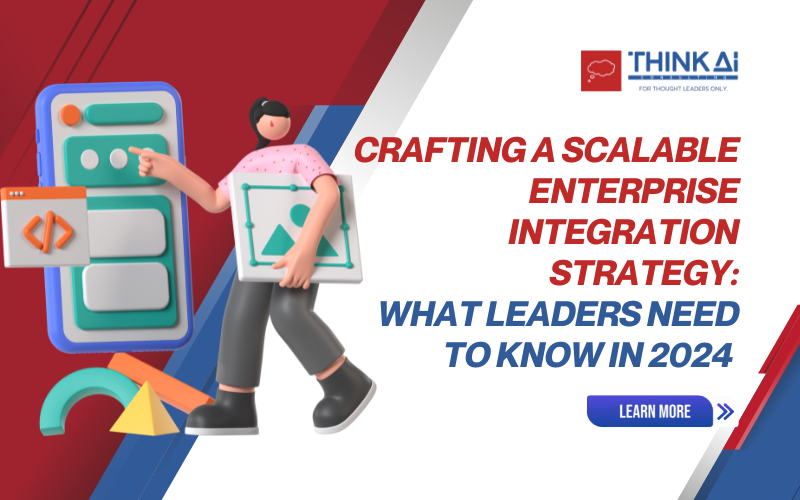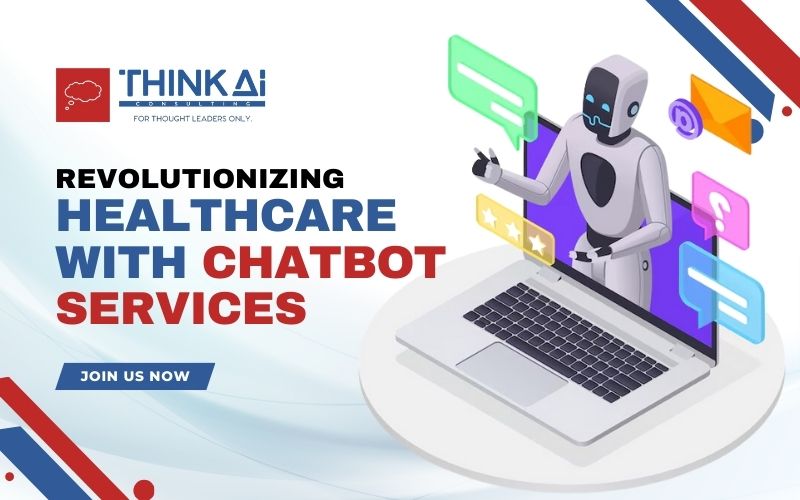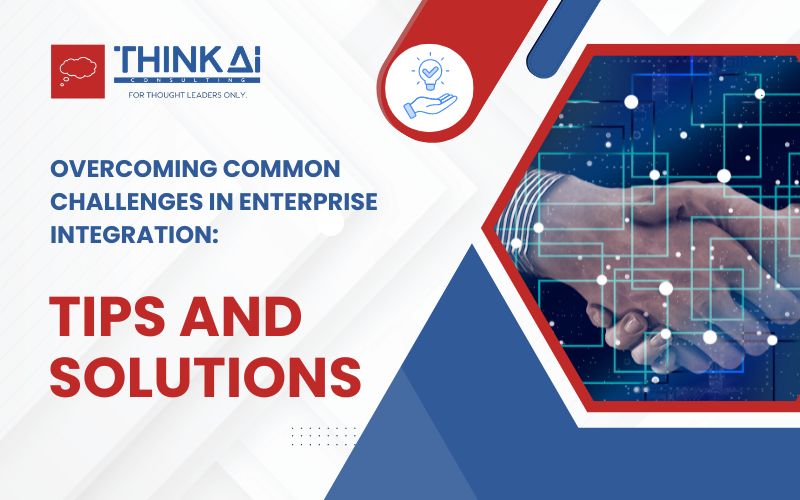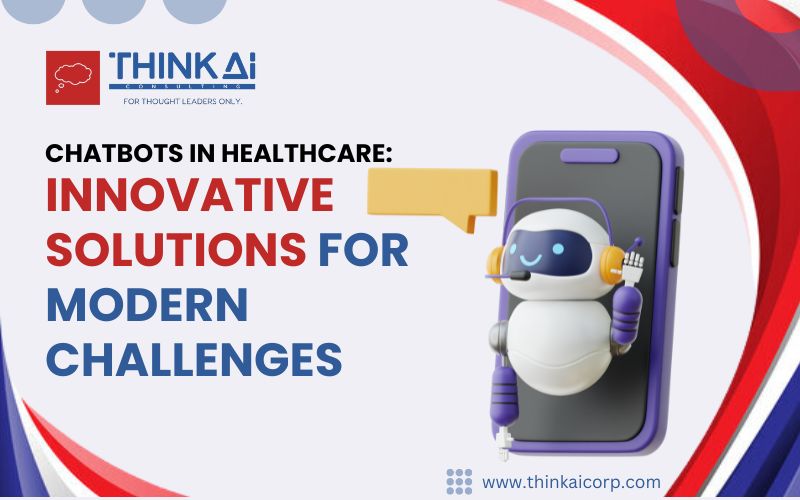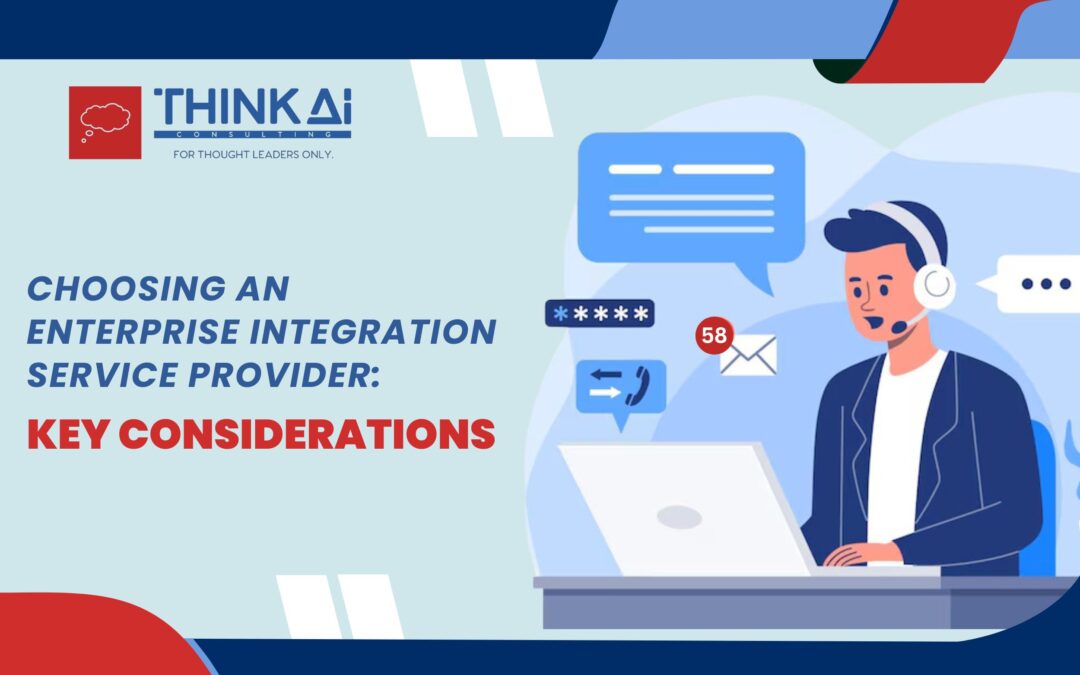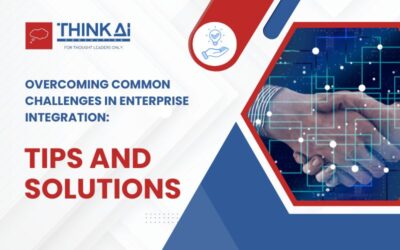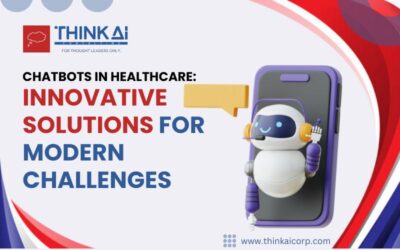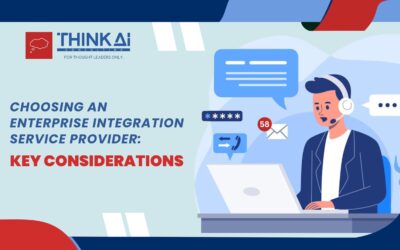In today’s fast-paced digital landscape, enterprises need more than isolated software solutions; they need interconnected systems that work seamlessly together. As businesses grow and evolve, a well-thought-out Enterprise Integration Strategy becomes crucial for maintaining efficiency, boosting productivity, and driving innovation.
This blog will explore what leaders need to know about creating a scalable Enterprise Integration Strategy in 2024.
Understanding the Importance of Enterprise Integration
Enterprise integration isn’t just about connecting different software systems; it’s about creating a unified digital ecosystem that supports business goals. It combines various applications, data, and processes to ensure information flows smoothly across the organization. This unified approach helps reduce operational silos, improves decision-making, and enhances overall business performance.
For leaders, investing in integration solutions means setting the foundation for long-term scalability. Integrating new technologies without disrupting existing operations becomes a strategic advantage as the business grows.
Critical Components of a Scalable Integration Strategy
Crafting a scalable Enterprise Integration Strategy requires a clear understanding of current needs and future goals.
Assess Your Current Landscape
Before diving into integration, assessing your current systems, applications, and processes is essential. Identify which areas are functioning well and which are hindering efficiency. This assessment will help you pinpoint where integration can have the most significant impact and guide your overall strategy.
Define Clear Business Objectives
Your integration strategy should be driven by your business objectives, not just technology. Define what you hope to achieve—faster data processing, improved customer experiences, or enhanced team collaboration. Aligning your strategy with your business goals ensures that every integration effort adds value.
Adopt a Hybrid Integration Approach
In 2024, many businesses operate in a mixed environment of on-premises systems, cloud applications, and legacy software. A hybrid integration approach allows you to connect these diverse systems efficiently. Utilizing Enterprise Integration Services that support hybrid environments ensures that your strategy is adaptable to different technologies as your needs evolve.
Prioritize Security and Compliance
As you scale your integration efforts, security should be at the forefront. With data moving across various systems, safeguarding sensitive information is critical. Incorporate robust security measures into your Enterprise Integration Strategy, such as data encryption and access controls. Additionally, ensure that your strategy complies with industry regulations to avoid legal pitfalls as you expand.
Embrace Automation and Monitoring
Automation plays a vital role in scaling your integration efforts. Automating repetitive tasks, such as data synchronization and process workflows, frees up valuable resources and reduces the likelihood of errors. Pair this with real-time monitoring to detect issues before they escalate. Proactive management of your integrated environment ensures smooth operations and continuous improvement.
Common Challenges and How to Overcome Them
While strategizing your enterprise integration offers numerous benefits, it also comes with its challenges.
Complexity of Legacy Systems
Legacy systems can be a significant roadblock in integration efforts. These outdated technologies often need more flexibility to connect with modern applications. To overcome this, consider using middleware or integration platforms to bridge the gap between old and new systems without requiring complete overhauls.
Data Silos and Inconsistencies
Data silos pose a significant challenge, resulting in fragmented information that disrupts effective decision-making. Breaking down these silos by connecting diverse data sources into a unified view can streamline access to information. Implementing data governance practices is essential to ensure data quality and consistency across your integrated systems.
High Costs and Resource Constraints
Integration projects can be expensive, particularly when handling complex IT environments. To control costs, consider a phased approach that prioritizes high-impact areas first. Utilizing cloud-based integration solutions can also help minimize initial expenses and offer greater flexibility as your requirements evolve.
Best Practices for a Future-Proof Strategy
To ensure your Enterprise Integration Strategy remains scalable and adaptable, keep these best practices in mind:
- Invest in Scalable Technologies: Choose integration tools and platforms that can grow with your business. Look for solutions that offer flexibility, scalability, and support for various technologies.
- Continuous Improvement: Integration is not a one-time project but an ongoing process. Regularly review and update your integration strategy to align with new business objectives and technological advancements.
- Collaborate Across Departments: Successful integration requires input from various stakeholders, including IT, operations, and business leaders. You must develop cross-department collaboration to ensure your strategy meets the organization’s needs.
Conclusion
In conclusion, crafting a scalable Enterprise Integration Strategy is critical for businesses looking to thrive in 2024 and beyond. You can create an integrated environment that supports growth and innovation by aligning your strategy with business objectives, adopting a hybrid approach, and prioritizing security and automation. With the right Enterprise Integration Services, leaders can overcome challenges and drive their organizations toward a more connected and efficient future.


